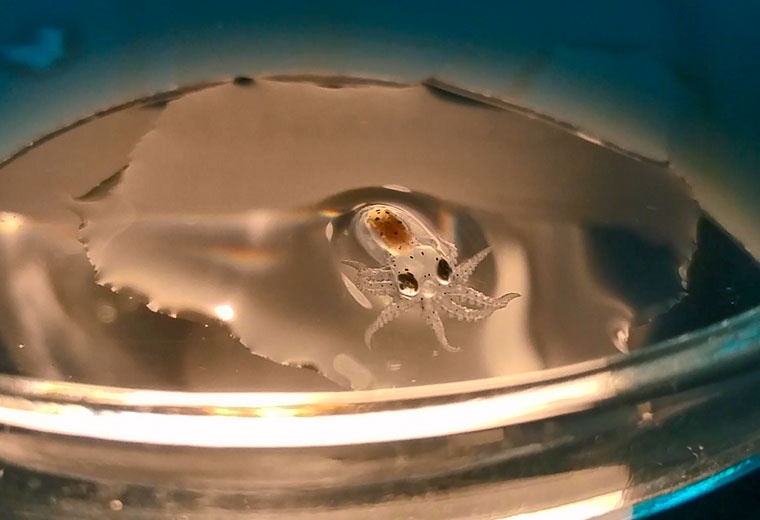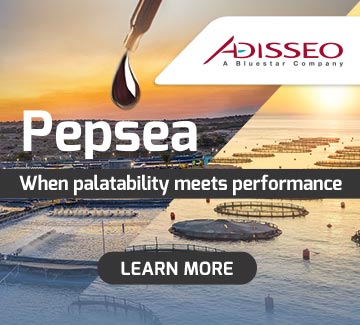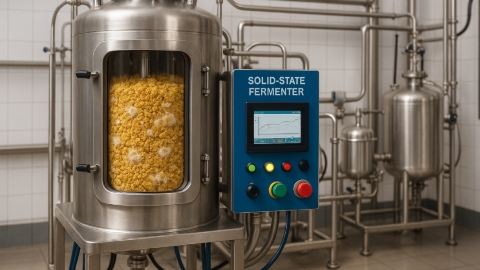
New research on the feeding physiology of Octopus vulgaris paralarvae offers valuable guidance for tackling one of the biggest bottlenecks in octopus aquaculture: the high mortality of hatchings during their first month of life.
The study, published in Aquaculture International, shows that paralarvae fed a combination of Artemia and a microparticulate diet formulated with squid and crab achieved higher enzymatic activity, stronger nutritional reserves, and better growth than those fed Artemia alone.
According to the authors, “changes in digestive activity and nutritional reserves may be associated with the type of food and the maturation process of the digestive system, as has been demonstrated in paralarvae of this octopus species, and provide useful information for the development of specific diets during this phase of development.”
The latest research offers concrete clues on how to move closer to viable large-scale farming. One of the clearest messages is that formulated diets are indispensable. Feeding with Artemia alone does not meet the nutritional needs of hatchlings, while microparticulate feeds containing native proteins such as squid and crab have been shown to support better digestion and energy balance.
The study also underscores that digestive physiology must guide diet design. During the first 30 days of life, paralarvae depend mainly on acidic proteases, making easily digestible animal proteins the most suitable option for early feeding.
A further advantage of specialised diets is that the help builds energy reserves. Paralarvae receiving the combined diet (Artemia plus microparticulate feed) showed higher glucose and protein levels, which could strengthen resilience and reduce the high mortality rates that have long plagued octopus culture.
And survival remains the greatest challenge. Current systems rarely achieve rates above 1% but researchers stress that even modest improvements driven by better nutrition could change the economics of farming this high-value species.
Looking ahead, the roadmap for progress points towards co-feeding strategies that combine live prey with formulated diets, scaling up the production of microparticulate feeds, and refining hatchery protocols. Together, these steps could bring the sector closer to closing the life cycle of octopus vulgaris in captivity and unluck its long-anticipated commercial potential.


